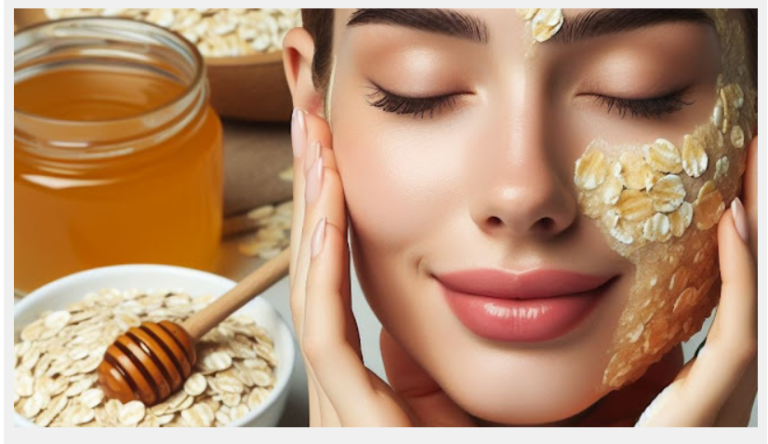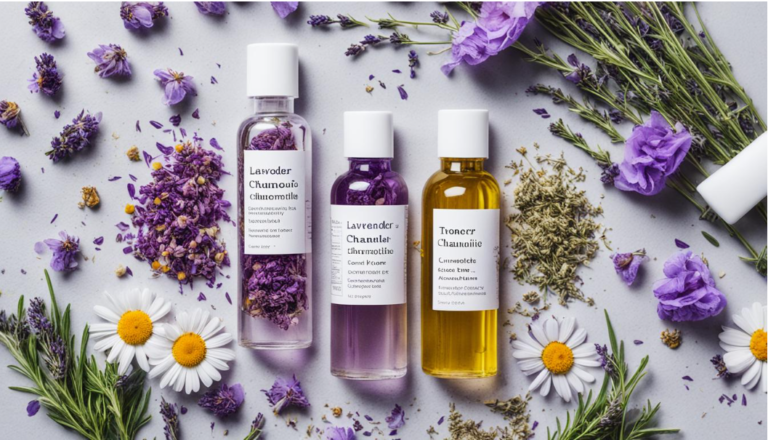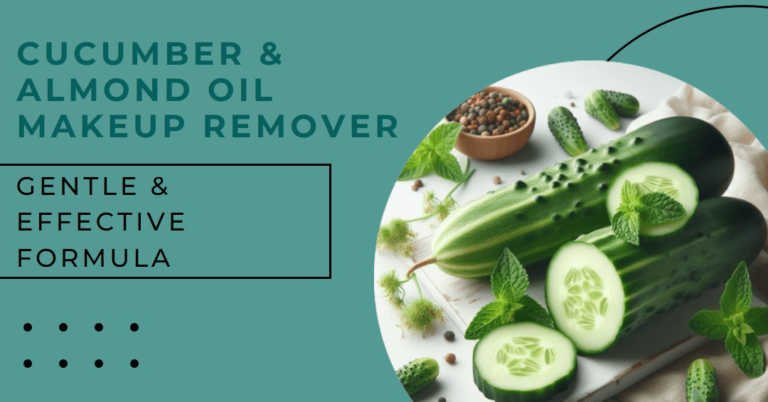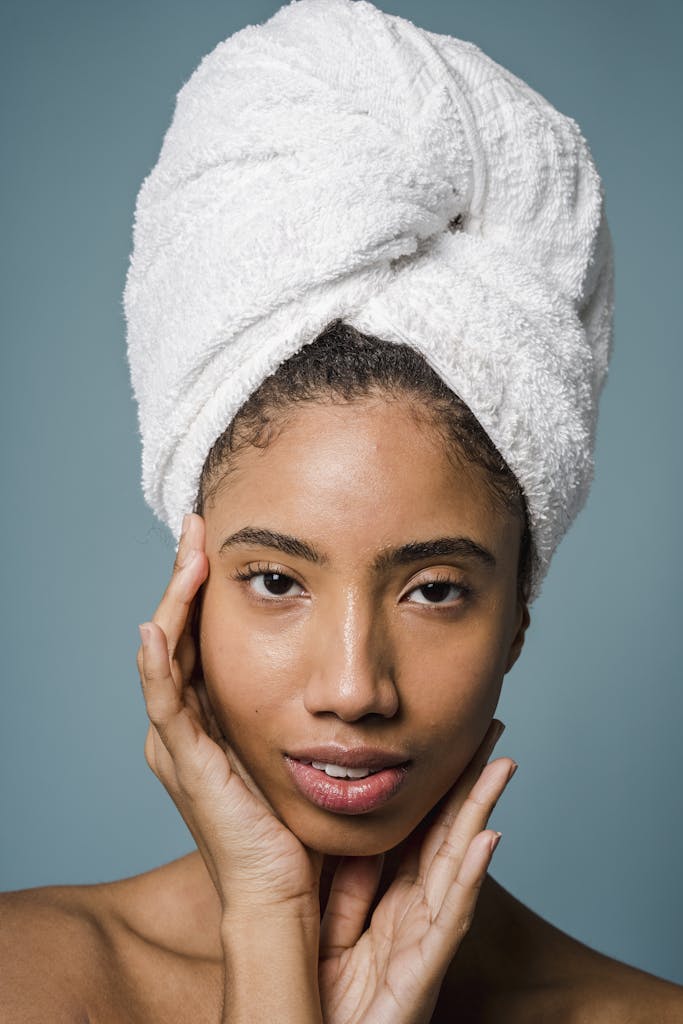Natural Remedies: Rose Water and Cucumber Lip balm
Cracked lips are more than just an annoyance, they can be downright painful and leave you feeling self-conscious. But ditch the chemical-laden lip balms and embrace the power of nature! Rose water and cucumber, readily available and gentle on your delicate lips, offer potent healing and hydrating properties. Get ready to say goodbye to chapped lips and hello to a healthy, kissable pout with these simple DIY natural remedies.
Understanding the Cause Behind the Cracks:
Dry, cold air, excessive sun exposure, and even dehydration can wreak havoc on your lips, stripping them of moisture and leaving them vulnerable to cracks. Recognizing the telltale signs such as dryness, peeling, redness, and those uncomfortable fissures, is key to acting fast.

The Rose Water Ritual: Nature’s Soothing Embrace
This floral hero isn’t just for fancy facials. Rose water’s natural anti-inflammatory and hydrating properties make it a champion for chapped lips. Here’s how to use it:
- Gather Your Tools: Grab a cotton pad and a bottle of pure rose water. Look for brands labeled “food-grade” or “therapeutic-grade” for the best results.
- Soak and Dab: Saturate the cotton pad with rose water and gently dab it on your lips. Let the soothing petals work their magic as the water air dries.
- Repeat for Relief: Repeat this calming ritual throughout the day for noticeable relief and accelerated healing.
Cool as a Cucumber: Nature’s Hydrating Powerhouse
Who knew your morning smoothie staple could double as a lip savior? Cucumber’s high water content and richness in vitamins A, C, and E make it a hydrating and nourishing powerhouse for your pout. Here’s how to create a cucumber lip mask:
- Prep the Cucumber: Blend a few cucumber slices into a smooth paste.
- Apply and Relax: Spread the paste generously on your lips and relax for 15-20 minutes.
- Rinse and Reveal: Rinse the mask with cool water and relish the restored softness and natural glow.
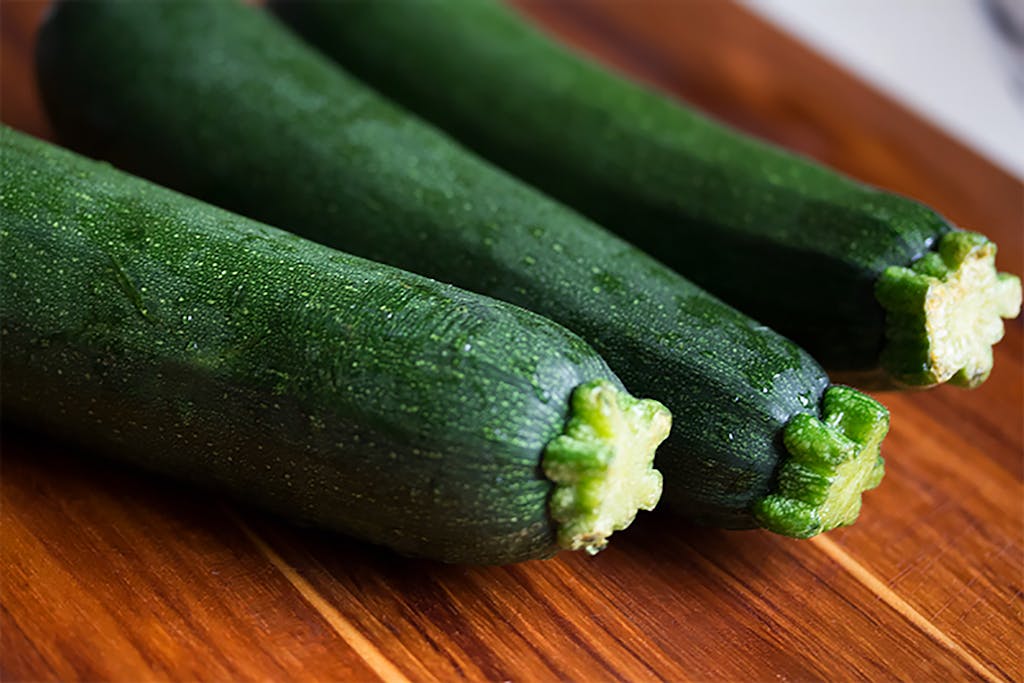
Nature’s Bonus Tips for Long-Lasting Softness:
Remember, prevention is key! Here are some natural allies to keep your lips supple and crack-free:
- Hydration Hero: Drink plenty of water throughout the day to keep your body and lips well-hydrated from within. Aim for eight glasses a day, and adjust based on your activity level and climate.
- Honeysuckle Honey: Dab a tiny amount of pure honey on your lips before bed for overnight repair and a subtle sweetness. Honey’s natural antibacterial properties can also help prevent infection.
- Exfoliate Gently: Once or twice a week, use a soft sugar scrub made with brown sugar and honey to gently remove dead skin cells and allow moisturizers to penetrate deeper. Be gentle and avoid harsh scrubbing.
- Shield from the Sun: Protect your lips with a natural SPF balm, especially during the harsh summer months. Look for a balm with SPF 30 or higher to block harmful UVA and UVB rays.
Embrace the DIY Life: Skip the Chemicals, Choose Nature
Unlike many commercial lip balms loaded with synthetic ingredients and potentially irritating chemicals, these natural remedies are gentle, effective, and kind to your wallet. No need to scour shelves for the perfect product; with a little rose water and cucumber, you can whip up your own personalized solution for soft, kissable lips. Go forth and embrace the power of nature, your lips will thank you!
Important Reminders:
- Patch Test First: Before applying any remedy to your entire lip area, do a patch test on a small area of your inner arm. Wait 24 hours to check for any irritation.
- Discontinue if Needed: If you experience any burning, stinging, or redness, discontinue use immediately.
- Seek Professional Help: If your chapped lips worsen or persist despite using these remedies, consult a doctor to rule out any underlying medical conditions.
By prioritizing natural solutions and incorporating these DIY tips into your routine, you can say goodbye to chapped lips and hello to a healthy, radiant pout that shines all year round.
Spread the Love of Natural Skincare:
Help others discover the magic of natural skincare by sharing this blog post on social media or with your friends! Together, we can create a community that embraces the power of simple, effective remedies for beautiful, healthy lips.
Bonus: DIY Natural Lip Balm Recipe for Extra Protection
Looking for an extra layer of protection and nourishment? Here’s a recipe for a simple DIY natural lip balm you can make at home:
Ingredients:
- 1 tablespoon coconut oil
- 1 tablespoon shea butter (a natural source of vitamins A and E, known for its moisturizing properties)
- 1 tablespoon beeswax pellets (the base that gives the lip balm structure)
- 1 teaspoon honey (a natural humectant that attracts and retains moisture)
- 3-4 drops of vitamin E oil (a powerful antioxidant that promotes healing)
- Optional: a few drops of essential oil for flavor (such as peppermint or lavender) be sure to choose one safe for topical use
Instructions:
- Gather Your Supplies: Collect all the ingredients listed above. Make sure you have a heatproof bowl, a double boiler or a small saucepan, and lip balm containers or small jars ready for filling.
- Melt Gently Using a Double Boiler:
- Fill a small saucepan with a couple of inches of water and bring it to a simmer.
- In your heatproof bowl placed on top of the simmering water (creating a double boiler), combine the coconut oil, shea butter, and beeswax pellets.
- Patience is Key: Allow the ingredients to melt slowly, stirring occasionally with a wooden or silicone spatula. Once fully melted, remove the bowl from the heat.
- Nourishing Touches: While the mixture is still warm, stir in the honey and vitamin E oil. These ingredients add a layer of nourishment and promote healing for dry, cracked lips.
- A Touch of Fragrance (Optional): If you’d like a hint of flavor, add a few drops of your preferred essential oil. Peppermint or lavender are popular choices, but make sure they are labeled safe for topical use on the skin.
- Pour with Care: Carefully pour the melted mixture into your lip balm containers or small jars. Leave them undisturbed until they solidify and cool completely.
- Solidify and Set: Allow the lip balm to cool for several hours or overnight until it hardens completely.
- Enjoy Soft, Protected Lips: Use your natural lip balm as needed by applying it to your lips whenever they feel dry or cracked.
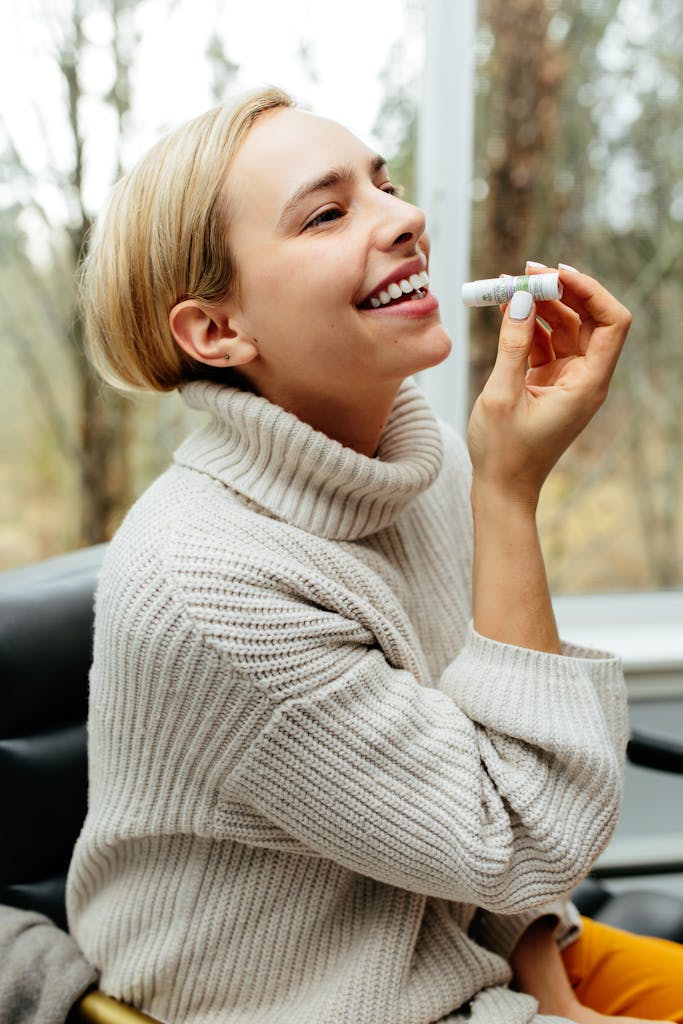
Tips for Long-lasting Lip Balm:
Storage Matters: Store the lip balm in a cool, dry place to prevent it from melting. Heat can affect the consistency and texture of the balm.
Regular Application is Key: Apply the balm regularly for best results, especially during dry or cold weather when lips are more susceptible to chapping.
Know Your Shelf Life: The shelf life of your homemade natural lip balm can vary depending on storage conditions and the freshness of the ingredients used. Here’s a guide to help you:
- Refrigeration: Storing the lip balm in the refrigerator can extend its shelf life to several months. The cool temperature slows down any potential oxidation or rancidity of the oils.
- Room Temperature: At room temperature (around 70°F or 21°C), the lip balm should be good for 3-6 months. Keep it in a cool, dark place away from direct sunlight and heat.
- Signs of Spoilage: Over time, natural ingredients can degrade. Watch for any off smells, color changes, or a grainy texture, which might indicate the lip balm has gone bad.
Fresh is Best: Using fresh, high-quality ingredients initially will contribute to a longer shelf life. Beeswax, in particular, has natural preservative properties.
Maintain Hygiene: Use clean fingers or a lip brush when applying the balm to prevent introducing contaminants that could shorten its shelf life.
Listen to Your Lips: If you notice any irritation or adverse reactions, discontinue use and consider making a fresh batch with new ingredients.
Make Smaller Batches: Especially if you’re experimenting with different essential oils or variations, making smaller batches ensures you use the lip balm while it’s at its best.
Embrace the Power of Natural Remedies:
By incorporating these natural remedies and the DIY lip balm recipe into your routine, you can ditch the chemical-laden options and nourish your lips with the power of nature. Remember, consistency is key! With a little TLC and these simple solutions, you can achieve healthy, soft, kissable lips that feel amazing all year round.
Call to Action
Ready to ditch the dry, cracked lips and flaunt a healthy pout with confidence? It’s time to embrace the power of nature!
- Whip up a batch of our DIY rose water and cucumber lip mask for a quick and refreshing moisture boost.
- Craft your own personalized natural lip balm using the recipe above to keep your lips protected and nourished throughout the day.
- Share this blog post with your friends and family! Spread the word about the wonders of natural skincare and inspire others to join the movement towards healthy, glowing lips.
Don’t forget to document your DIY journey and share your beautiful results using the hashtag #KissChappedLipsGoodbye on social media. We can’t wait to see your radiant pout!
Frequently Asked Questions (FAQ)
Q: Can I use store-bought rose water for this lip mask?
A: Yes, you can! Look for brands labeled “food-grade” or “therapeutic-grade” for the best results. Avoid rose water with added fragrances or chemicals, as these can irritate sensitive lips.
Q: I don’t have any beeswax. Can I substitute it with another ingredient in the lip balm recipe?
A: Beeswax is crucial for providing structure and consistency to the lip balm. Unfortunately, there’s no perfect substitute. However, you can try using a harder plant-based wax like candelilla wax, but the final texture might be slightly different.
Q: How often can I use the rose water lip mask?
A: You can use the rose water lip mask as often as needed, especially if your lips are feeling very dry or chapped. However, once or twice a day is a good starting point.
Q: My lips are bleeding and cracked. Are these DIY remedies enough?
A: If your lips are severely chapped, bleeding, or crusted, it’s best to consult a doctor to rule out any underlying medical conditions. While these natural remedies can provide relief and promote healing, they might not be sufficient for severe cases.
Q: Are there any essential oils I should avoid using in the lip balm?
A: Absolutely! Not all essential oils are safe for topical use on the lips. Avoid using strong oils like cinnamon, clove, or oregano, as they can cause irritation. Stick to gentle options like peppermint or lavender, but always double-check if they are labeled safe for lip application.

